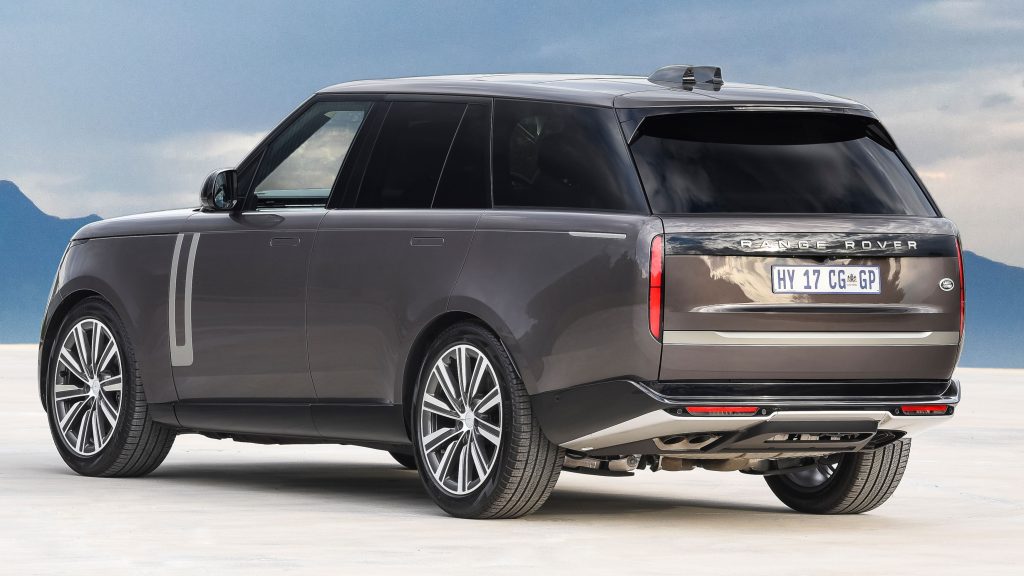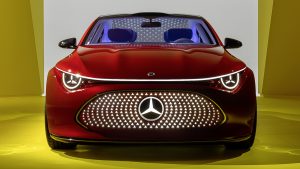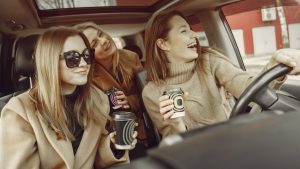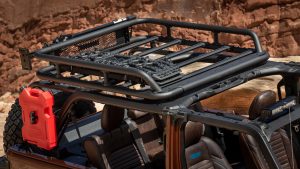7 Series and S-Class are indisputable references in the selective market segment of flagship sedans. While both showcase the best this industry offers, each one always does so with a specific touch. BMW founded its reputation on visual sportiness and dynamic excellence; Mercedes-Benz has decades of experience with attention to detail and image refinement.
These days are intriguing not only because both have just renewed their top-tier lines, but also for doing so in opposite ways. The Affalterbach company welcomed electrification by giving it a whole new car, the EQS, while the Munich rival opted for upgrading its model to fight them both. That difference led them to design differences which are impossible for any car enthusiast to overlook. Let us take a look at them!
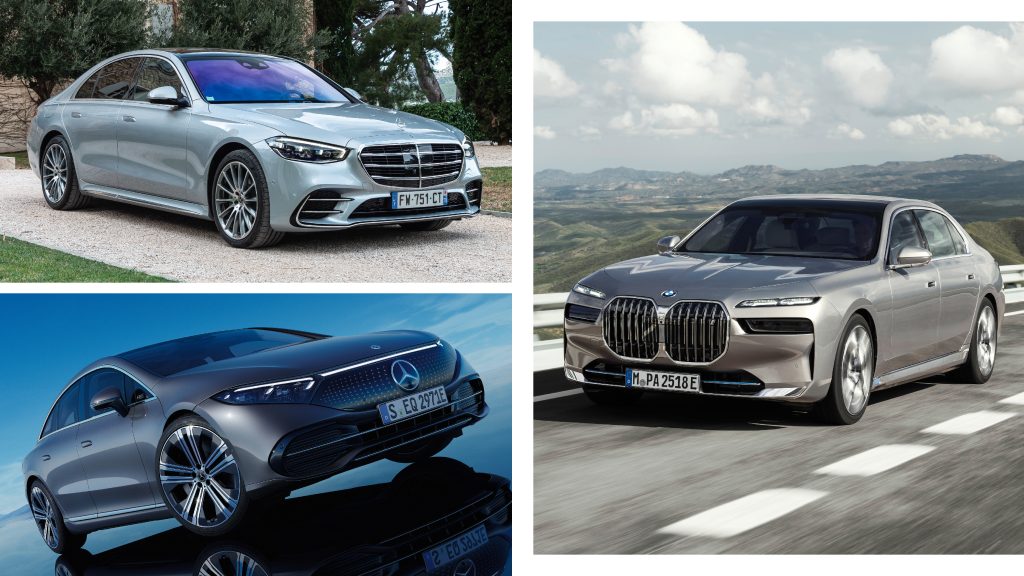
What did flagship sedans use to be?
Long before SUVs became a thing, each car category aimed at excelling in its field. Pick-up trucks were all about cargo, hatchbacks would focus on efficiency, minivans would strive to offer comfort etc. Sedans, especially luxury ones, would do their best to combine elegant image and concrete luxury. If you need an example, look no further than limousines: up to the 2000s, most were based on sedans.

In the top-tier segment, sedans became a symbol of excess. Large dimensions, countless comfort items in the cabin, muscular engines… Everything wrapped in austere design with boxy shapes and lots of chrome trim. Flagship sedans like the Lincoln Town Car to the left were perfect for people who had much money and even more interest in making it visible to everyone else.
As you can imagine, both BMW and Mercedes-Benz actively followed that trend. The former used a V12 engine for the first time while the latter made the W140 the most technological S-Class ever developed. However, that scenario ended up taking a slow but decisive change over the past few years. Increasing concerns of several types made automakers rethink those models as a whole.

What are flagship sedans now?
Still excessive, but no longer arrogant. Environmental concerns have forced makers to worry about their emissions and use ecological materials. Hiking gas prices made them embrace electrification, even if only partially. Electronics has drastically changed their cabin and equipment list. And fashion took charge of eliminating old-school symbols like the abundant chrome trim.
Another important change is the SUV takeover. Since this body style became a worldwide market trend, it was a matter of time for companies to take it to the flagship segment. While the Land Rover Range Rover shown to the right is a classic reference in this, direct competitors have been released around the world with all types of design, dimensions, powertrain, and purpose.
In practice, flagship sedans now focus on showering driver and passengers with niceties. They still have a strong presence, since it has always been a key sales argument, but that arrogance was left in the 1990s. Over time, each new model has brought different characteristics hoping that they will set the new standards for the segment. This is what we will analyze now.

BMW vs. Mercedes-Benz
Affalterbach took the conservative approach. The S-Class was brought to date with the latest standards in 2020 while preserving the three-box design and some big engines, and following the automaker’s current design language. The EQS came as a parallel flagship sedan with aerodynamic design, electric powertrain, and an astonishing quantity of electronic novelties.
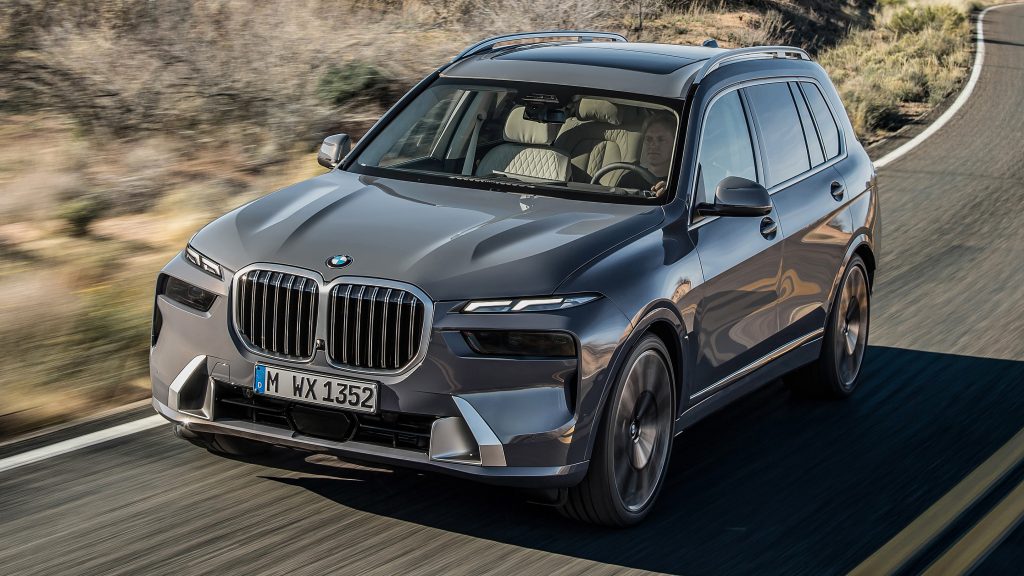
Munich responded by completely renewing the 7 Series; the “i7” model is merely its electric version. The external design manages to combine the boxy shapes of the X7 with elements of unique proportions like the iX‘s. From the large radiator grille to the sleek, horizontal lights, everything makes it clear that BMW’s latest design language is characterized by boldness.
Inside, they all have the best the industry offers at the moment. The biggest difference is how each one deals with the latest trend of huge screens to control everything. The S-Class is the most traditional, with a digital dashboard and a regular touchscreen. The 7 Series places both side by side to foster integration of driver and passengers. And the EQS has the Hyperscreen.
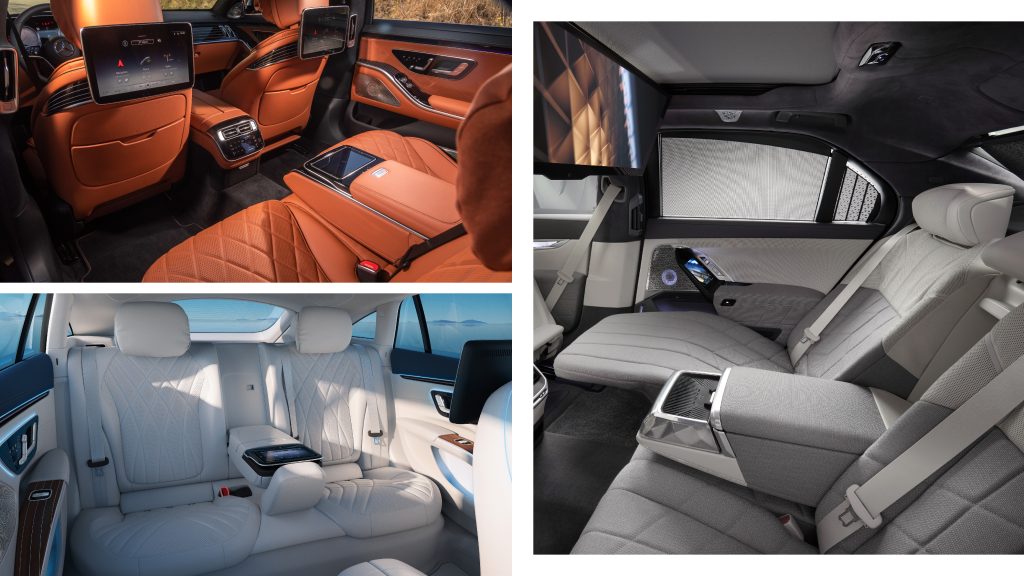
Which strategy is the best?
Mercedes-Benz’s is great to attract more customers. Traditional ones can stay with the S-Class and enjoy incremental upgrades over time and bolder ones can drive something entirely tailored to the new times. People can choose either the long cabin and the champagne flutes of the Maybach S 680 or the dazzling convenience and entertainment technologies brought by the EQS.
BMW preserved the traditional sedan design, especially with that angular roof line which evokes its 1970s and 1980s models. However, it also made a clear statement: this 7 Series is a brand new interpretation of flagship sedans. It reimagines the traditional concept to the modern times through distinctive design and multiple options of powertrain offered with no compromise.
Style-wise, the S-Class’s traditional image, the EQS’s semicircular silhouette, and the 7 Series’s large grille can all yield mixed feelings. While Mercedes-Benz’s dual strategy aims at being error-proof, it is twice as costly and builds a future dilemma. Once EVs become mainstream, it will be no longer necessary to create dedicated cars; EQS and S-Class are likely to be merged into one successor.
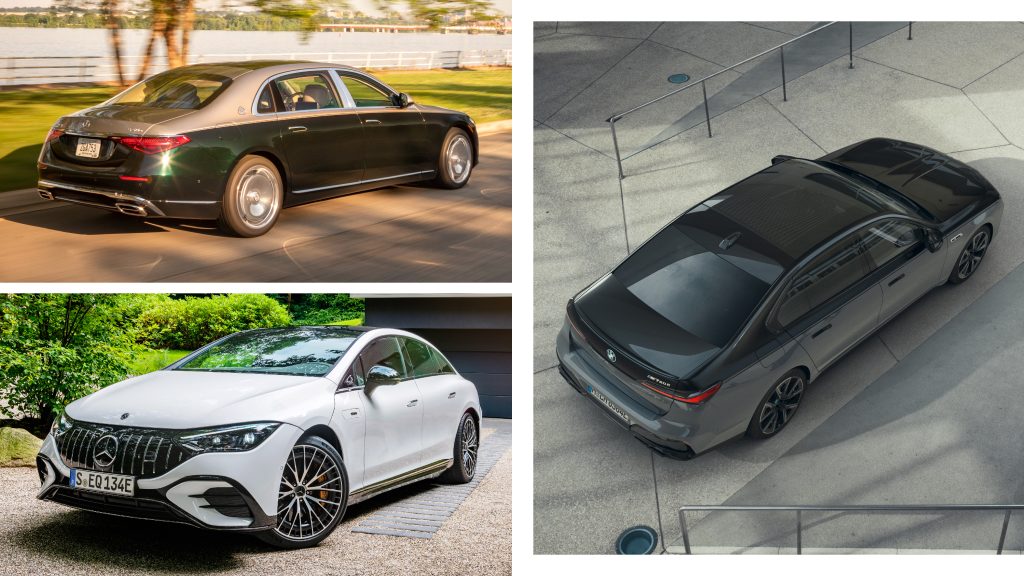
What about Audi and the others?
Transitioning to EVs is so expensive that each maker must find a pace it can afford. Audi has shown many concept cars to indicate its upcoming steps, but most are SUVs. As far as the A8 is concerned, all we have seen lately is the super-stretched Horch version created for China. In fact, it is interesting enough to have deserved the article AutomoBible published some weeks ago.
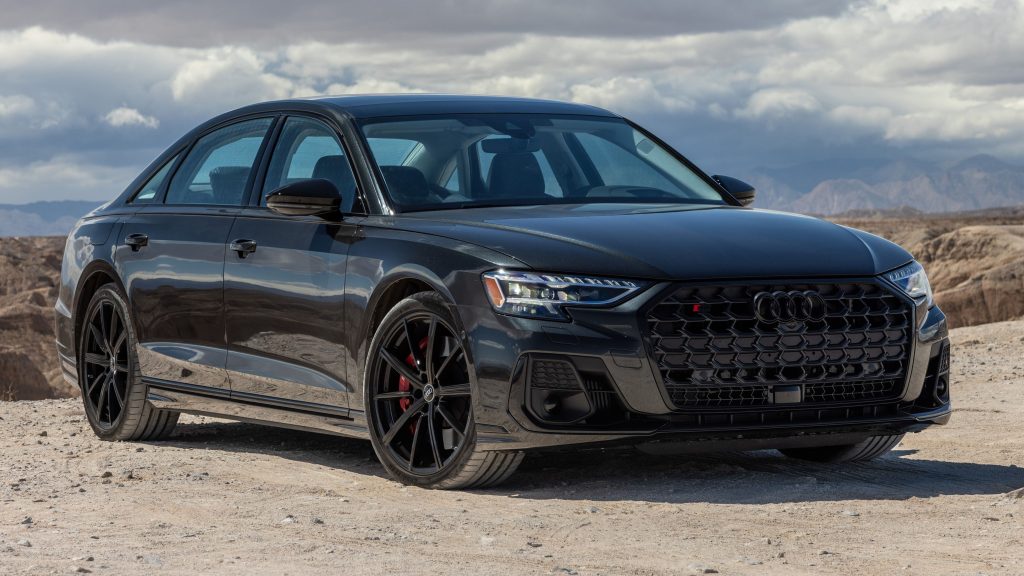
Among the other flagship sedans, some only offer hybrid powertrain, like the Lexus LS. Others are waiting to embrace electrification in the next generation, like the Maserati Quattroporte. And there is yet another group which simply succumbed to the SUV trend, which includes the Jaguar XJ. Unfortunately, this type of car models is getting dangerously close to become a market niche.
After being the epitome of luxury and ostentation, flagship sedans are now focusing on comfort and convenience to stay relevant in the market. Do you think that will help them survive through electrification and the rise of SUVs? Keep reading AutomoBible’s articles over time to see more posts on them. We all want the best fate for what is definitely one of the most traditional car styles.
Danillo Almeida has explored his passion for cars in two distinct ways. The first one is his graduation course in Mechanical Engineering, which will hopefully lead to a job position in the field. The other one is expressing his knowledge and opinions on the matter through writing. Almeida has already contributed to blogs, stores, and websites in general writing automotive content in many formats.

